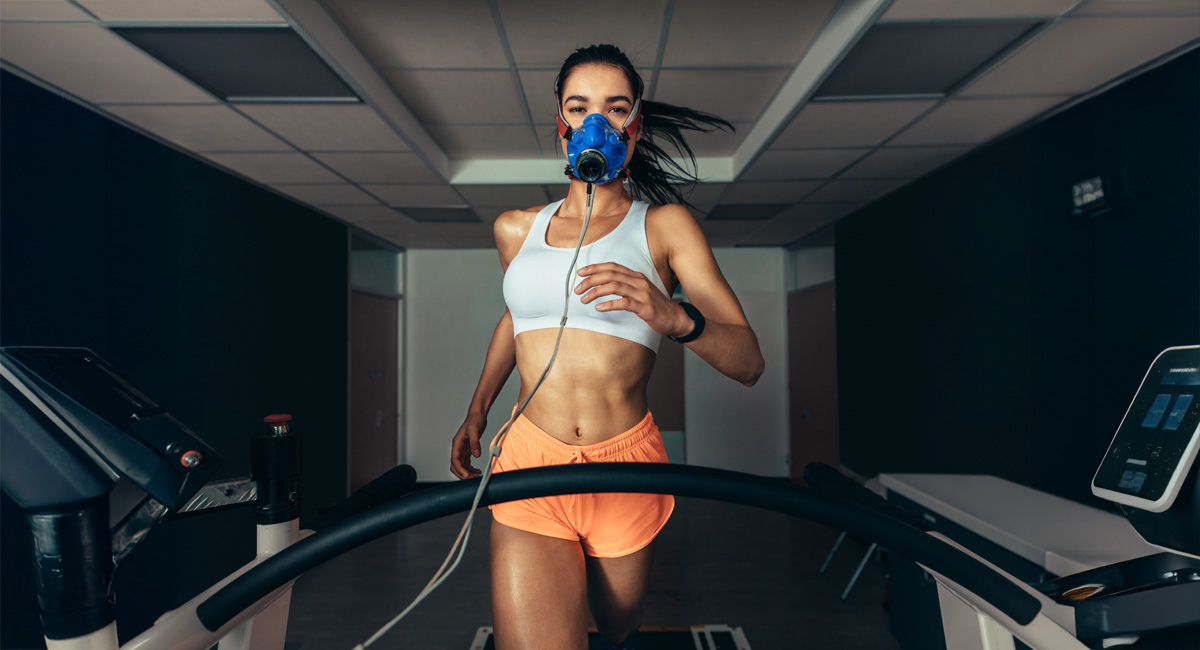When we talk about breast cancer, we often think of it as related to family history and genetics. This leads many women who have no family history to believe they are safe. But here is the startling truth: 80% to 90% of women diagnosed with breast cancer do not have an affected first-degree relative.
The risk, in fact, is largely determined by lifestyle choices that influence your hormones and inflammation levels over time. It’s not just about getting older; it’s about recognising the hidden saboteurs in your daily routine.
Here are 5 lifestyle factors that secretly increase your breast cancer risk and what you can do about them.
1. The Post-Menopause Weight Gain Trap
- The Habit: Allowing weight gain to occur, especially in the years following menopause.
- The Hidden Risk: Before menopause, the ovaries produce most of the body’s oestrogen. After menopause, fat tissue becomes the body’s primary source of oestrogen. Having excess fat tissue elevates oestrogen levels, and because oestrogen is a hormone that fuels most breast cancers, this significantly increases the risk of hormone receptor-positive breast cancer.
- Action Plan: Maintain a healthy weight throughout your life, but recognise that weight management after menopause is a critical cancer prevention strategy. Aim for at least 150 minutes of moderate aerobic activity per week.
2. Chronic Sleep Disruption
- The Habit: Working night shifts, or constantly using your phone and being exposed to bright lights when your body should be sleeping.
- The Hidden Risk: Light exposure at night suppresses the production of melatonin, a hormone that not only regulates sleep but also possesses antioxidant and cancer-fighting properties. Research suggests that women exposed to bright light when their bodies want to sleep (such as night shift workers) have a higher risk of breast cancer.
- Action Plan: Prioritise a consistent sleep schedule (7 to 9 hours). If you work night shifts, discuss strategies with your doctor for managing light exposure and hormone health.
3. The Daily Alcoholic Drink
- The Habit: Consuming even a small amount of alcohol (beer, wine, or spirits) on a daily basis.
- The Hidden Risk: Drinking alcohol is clearly linked to an increased risk of breast cancer, and the risk increases with the amount consumed. Even women who have just one alcoholic drink a day have a small increase in risk (about 7% to 10%) compared with those who don’t drink. Alcohol consumption raises your levels of oestrogen and other hormones linked to breast cancer.
- Action Plan: The safest strategy is not to drink alcohol at all. If you choose to drink, women should aim for no more than one standard alcoholic drink per day.
4. A Sedentary Lifestyle
- The Habit: Leading an inactive life or having a job that involves prolonged sitting, and not getting enough weekly activity.
- The Hidden Risk: Being sedentary raises your chance for both obesity and breast cancer. Regular physical activity reduces breast cancer risk, especially for women past menopause. Exercise helps regulate hormones and reduces inflammation.
- Action Plan: Aim for at least 150 to 300 minutes of moderate-intensity aerobic activity each week (the upper limit is ideal). Try to incorporate muscle-strengthening activities at least twice a week.
5. Relying on Family History (The Screening Mistake)
- The Habit: Believing that because you have no genetic markers (like BRCA1 or BRCA2 mutation) or no family history, you can start mammograms later or ignore screening altogether.
- The Hidden Risk: Only 5% to 10% of breast cancer cases are genetic. The risk for the other 90% is influenced by non-hereditary factors like those above. Many women skip screening because they feel safe, but early detection is the key to successful treatment.
- Action Plan: Talk to your healthcare provider about your individual risk factors, not just your family history. If you are at average risk, regular mammograms are generally recommended starting at age 40. Know your body and report any changes in your breast or underarm area immediately.
The single most powerful action you can take to lower your breast cancer risk is to control the factors within your reach. By addressing these five silent saboteurs, you are actively choosing to build a healthier future.
[Book your comprehensive Breast Screening today]


